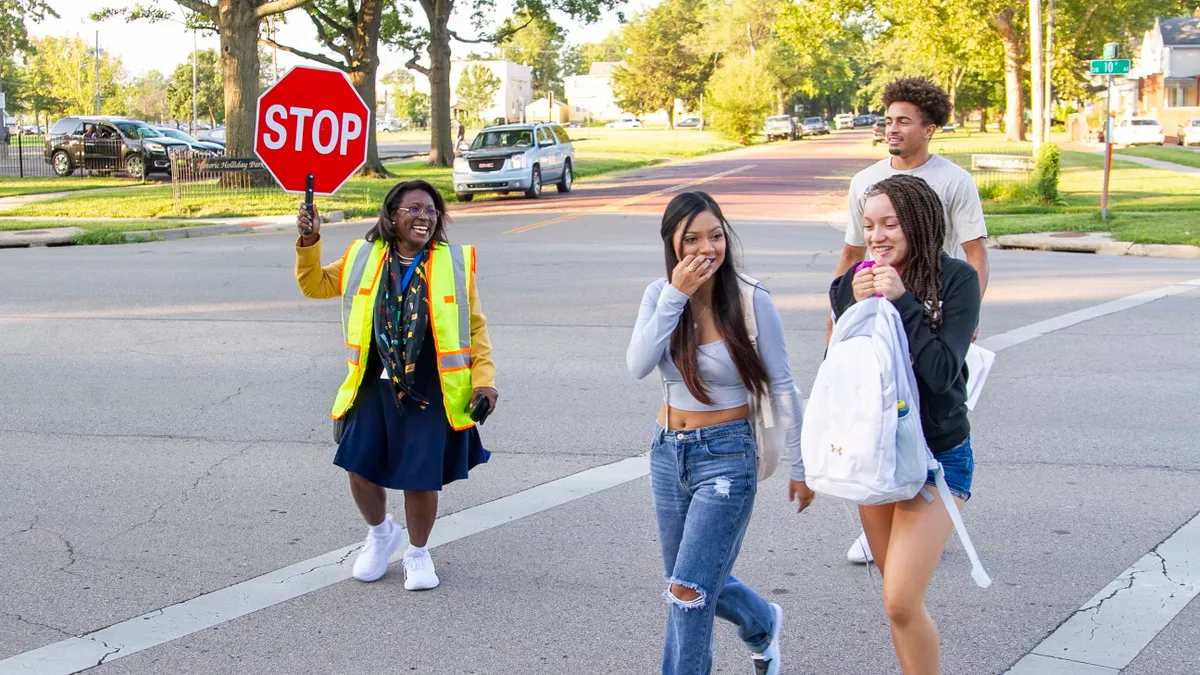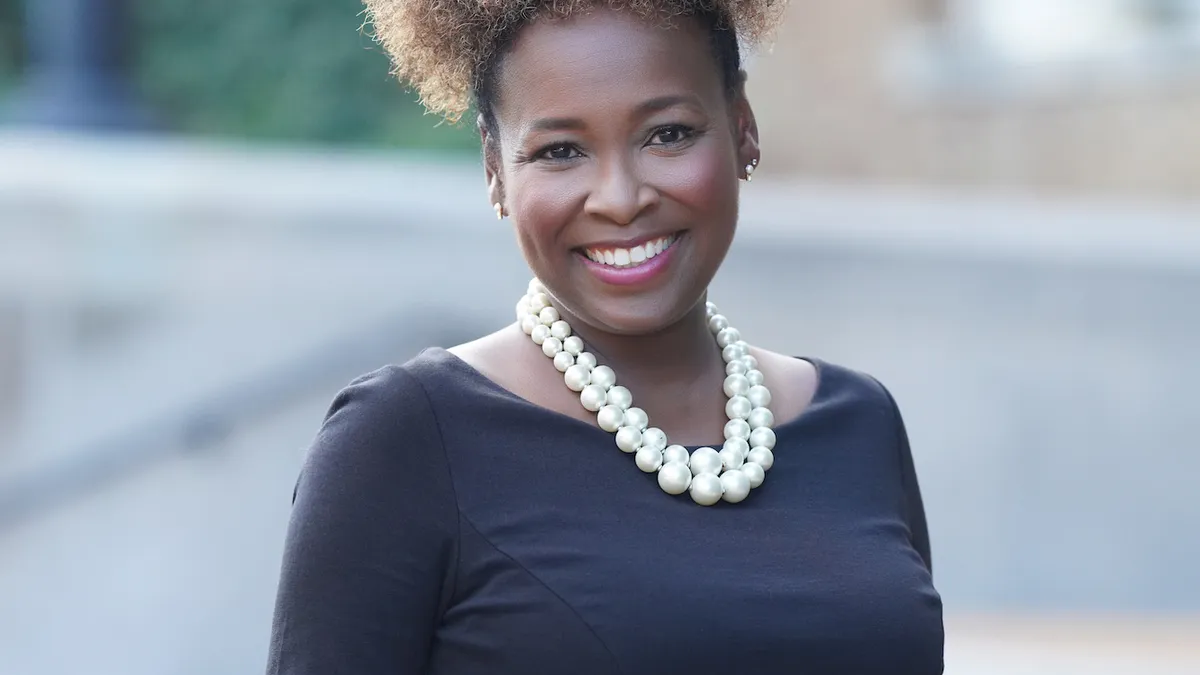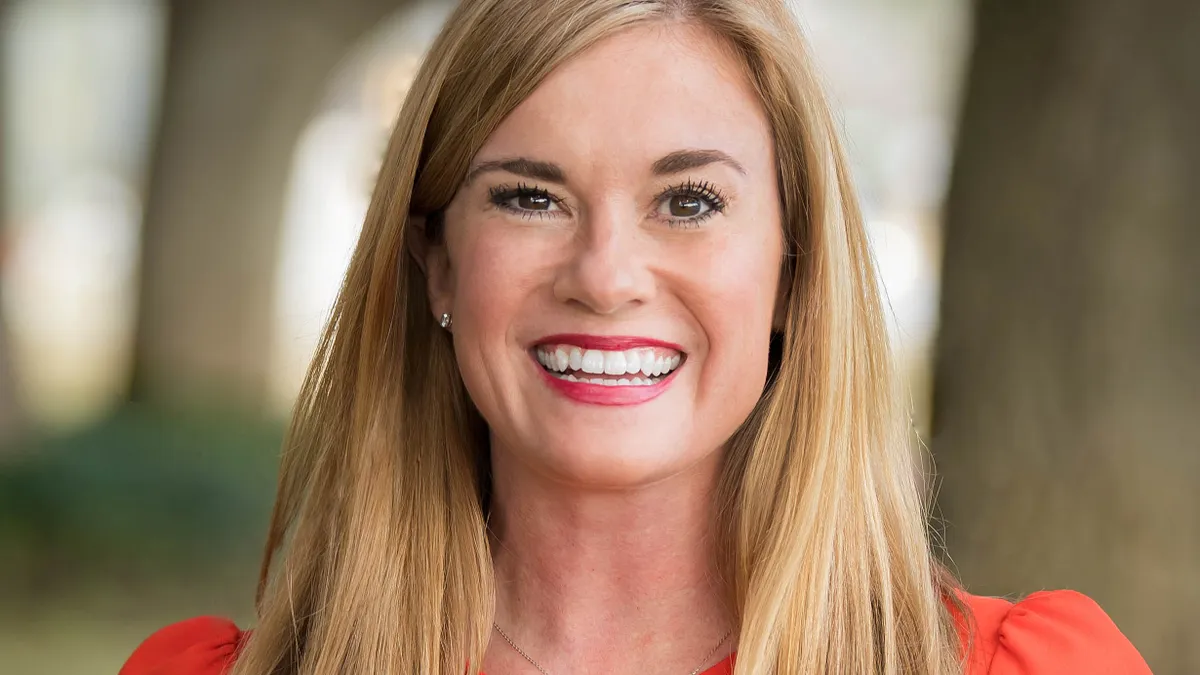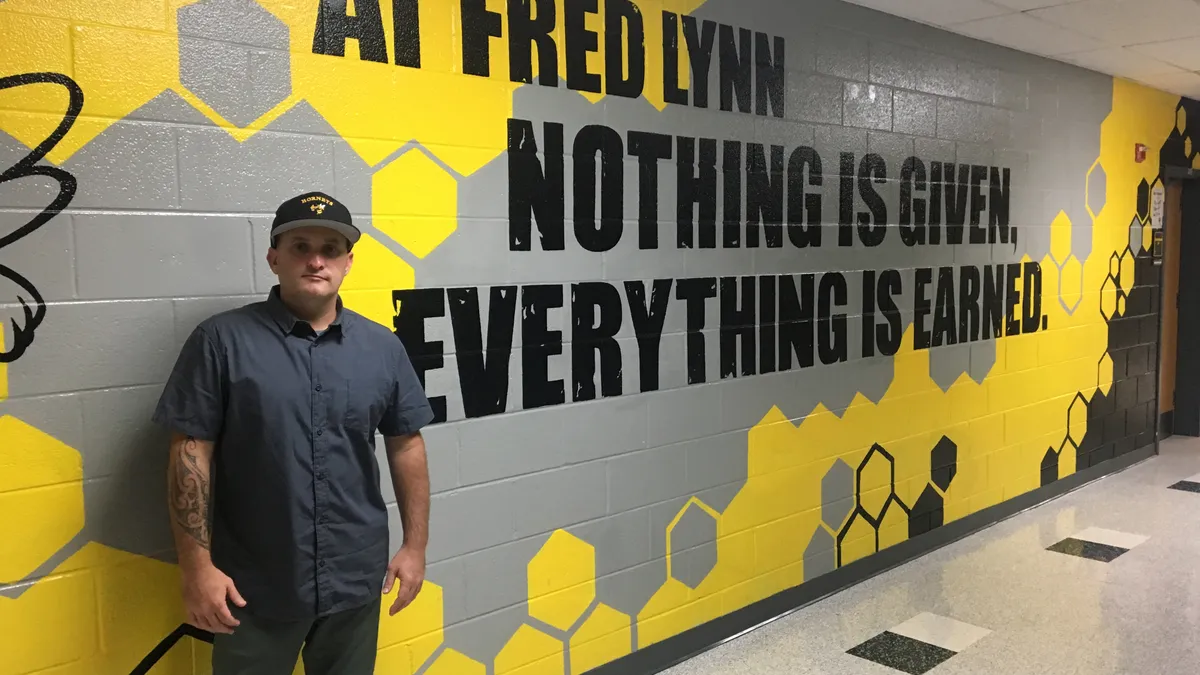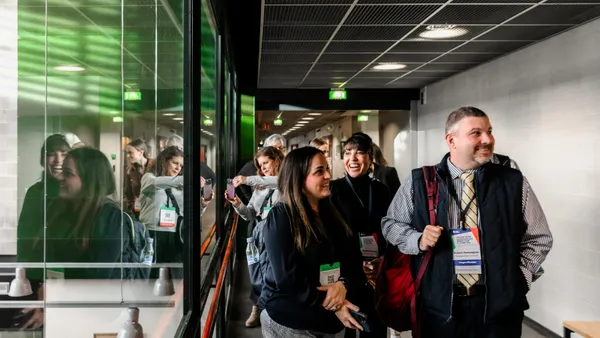Lessons In Leadership is an ongoing series in which K-12 principals and superintendents share their best practices as well as challenges overcome. For more installments, click here.
“I don't think I've been surprised by much. I did my research. I knew what to expect in terms of the culture, the needs, the expectations here in Los Angeles.”
Calm, cool and collected despite a few bumps in the road during an ambitious first 18 months leading the nation’s second-largest school district, Superintendent Alberto Carvalho says the transformation he brought to Florida’s Miami-Dade County Public Schools over 13 years is not an apples-to-apples roadmap for the changes he envisions for Los Angeles Unified School District.
“I was very clear as I was making the transition that I was not necessarily going to import practices from Miami,” Carvalho said.
On a curricular front, the past year has seen the revamping of a literacy promise program and new cultural enrichment commitments. Today, Carvalho — who also serves on the National Assessment Governing Board — is particularly concerned about the alarming math and reading results for 13-year-olds on the National Assessment of Educational Progress.
During the first part of our conversation — on the same day the NAEP results were released — Carvalho shared how his district plans to improve reading and math, and how to inject more fun and relevance into learning. Check back tomorrow for part two, in which Carvalho discusses LAUSD’s recent strike and union negotiations.
Editor’s Note: The following interview has been edited for brevity and clarity.
K-12 DIVE: The new NAEP scores showed nationally significant declines, with reading and math results at levels not seen in 50 years. When you see data like that, what is your immediate reaction?
ALBERTO CARVALHO: My immediate reaction is that for those who believe the pandemic-induced crisis is over, they're wrong. There are lingering direct and indirect effects of the pandemic that continue to be seen and, in my opinion, will continue to be seen for a number of years to come.
The release of the data today is extremely concerning. I think it's time for us to recognize that the physical threat of COVID-19 on young people has been by far superseded by an educational crisis that a vast majority of our students are experiencing.
I think the crisis will be years longer than the resources that were allocated will be available to deal with it. As a nation, we're facing a crisis of unprecedented magnitude, and not enough attention is being paid to this.

Alberto Carvalho
Superintendent, Los Angeles Unified School District
Today's data is specific to 13-year-olds across the country, 7th and 8th graders. And when you look at the release, there’s a 4- to 7-point decrease in reading and mathematics, respectively, since the last administration. But this is the first time where back-to-back administrations reveal significant declines.
When you compare today's data to what the data was a decade ago, then the loss is even more concerning. We're talking about 12%, 14% declines in reading and math, respectively. The story gets even worse when you disaggregate the data and you look at the losses sustained by students in the 25th and 10th percentiles.
How do these findings affect your strategizing on LAUSD's approach for the future?
CARVALHO: There's real cause for concern. The students who are already performing poorly lost the most ground in reading and mathematics. And between reading and mathematics, it must be said that the nation's children lost more ground in math than reading. So these are historic losses, unprecedented conditions.
All of this is happening within an environment where within the next year and a half or so, the billions of dollars of emergency COVID funding for school systems to provide for that accelerated learning opportunity to close the gap deepened by the pandemic — those funds will run out. And there is no congressional appetite, in my opinion, to renew any type of appropriation that would replenish those dollars. So I think the crisis will be years longer than the resources that were allocated will be available to deal with it.
As a nation, we're facing a crisis of unprecedented magnitude, and not enough attention is being paid to this. I remember when the main data was released [in September] for 4th and 8th grade reading and math, and it’s very, very comparable to what we just saw released today. The nation reacted to it in a reasonably flat way.
I think we're still too distracted by non-issues as well as serious issues — anything from the aftermath of the pandemic to political disruptions to misinformation and disinformation to book banning to gender discussions and LGBTQ disagreement and anti-immigrant sentiment. That’s where the narrative is. And the space reserved for a conversation that should be taking place on effective measures needed to narrow the gaps and stimulate a degree of improvement in reading and mathematics across the country is just not taking place.
One of the things that jumped out to me from the NAEP report was the decline in the number of students who are reading for fun.
CARVALHO: So just this morning, the librarian for the public library system for the city of Los Angeles — one of the largest in the country — and I came together to celebrate a partnership around student success cards for every one of the 540,000 students in LAUSD. What we've done is we’ve actually created a redundant approach to access to literacy — not just from an academic perspective but also for fun.
That is why the partnership with the library system is critically important for us, because it is all about fun. They provide high-dosage tutoring. They provide academic support based on our standards. But there's a lot of fun reading opportunities, whether it is in print books, digital content, you name it.
How do you also ensure students have access to material that aligns to their interests and is culturally relevant so they also develop a joy of reading?
CARVALHO: No. 1, massive training for our professional staff in the science of reading. Secondly, adoption of fun, interesting, age-appropriate texts for students that will improve their reading ability but are fun in nature.
We have a new platform for progress monitoring that provides real-time ongoing assessment, but also provides instruction. We've made huge investments in printed text materials and digital content. We've achieved this year 100% connectivity for students and parents at home, [providing] device empowerment with, again, age-appropriate resources to stimulate the interest of kids.
That means not just having interventions from kindergarten through 2nd or 3rd grade in literacy, but actually having a K-8 solution inclusive of literacy and numeracy, as well. And one that stresses the professional development requirements for our teachers, so teachers become teachers of teachers and are modeling good practices, implementing differentiated instruction in the classroom to break up the monotony of direct instruction.
We’re providing different stations in a classroom where you have direct instruction being done by the teacher, emphasizing fluency, phonemic awareness, phonics comprehension, vocabulary — but doing it in a fun way that provides the students an opportunity to rotate through the stations from direct instruction to digital content to teamwork, etc.
We're doing all of that to make reading fun and, at the same time, provide for the acceleration that the data released today demonstrates we need to embark on and embrace.
Math is a subject not always looked at as “fun." Do you see opportunities to draw connections between math and subjects like visual art or music to make it clearer how math skills are used in a variety of contexts?
CARVALHO: I do. That's why we keep stressing the dramatic expansion of STEAM programs, which incorporate, as you know, science, technology, engineering, arts and mathematics. Incorporating arts and music, performing and visual arts, into other areas of the curriculum and vice versa is an idea whose time has come.
Often kids will ask the question at all levels, but particularly in middle and senior high school, why they must learn algebra and geometry, or basic 8th grade math. And that question is not asked if they perceive relevance to what they're being taught. So we need to teach mathematics in contextually relevant means that incorporate students’ areas of interest. They could certainly be performing and visual arts, but could also be robotics, cybersecurity, coding.
There are so many different ways of embedding in our curricular approach key concepts in a multidisciplinary way that is actually engaging to the students.













